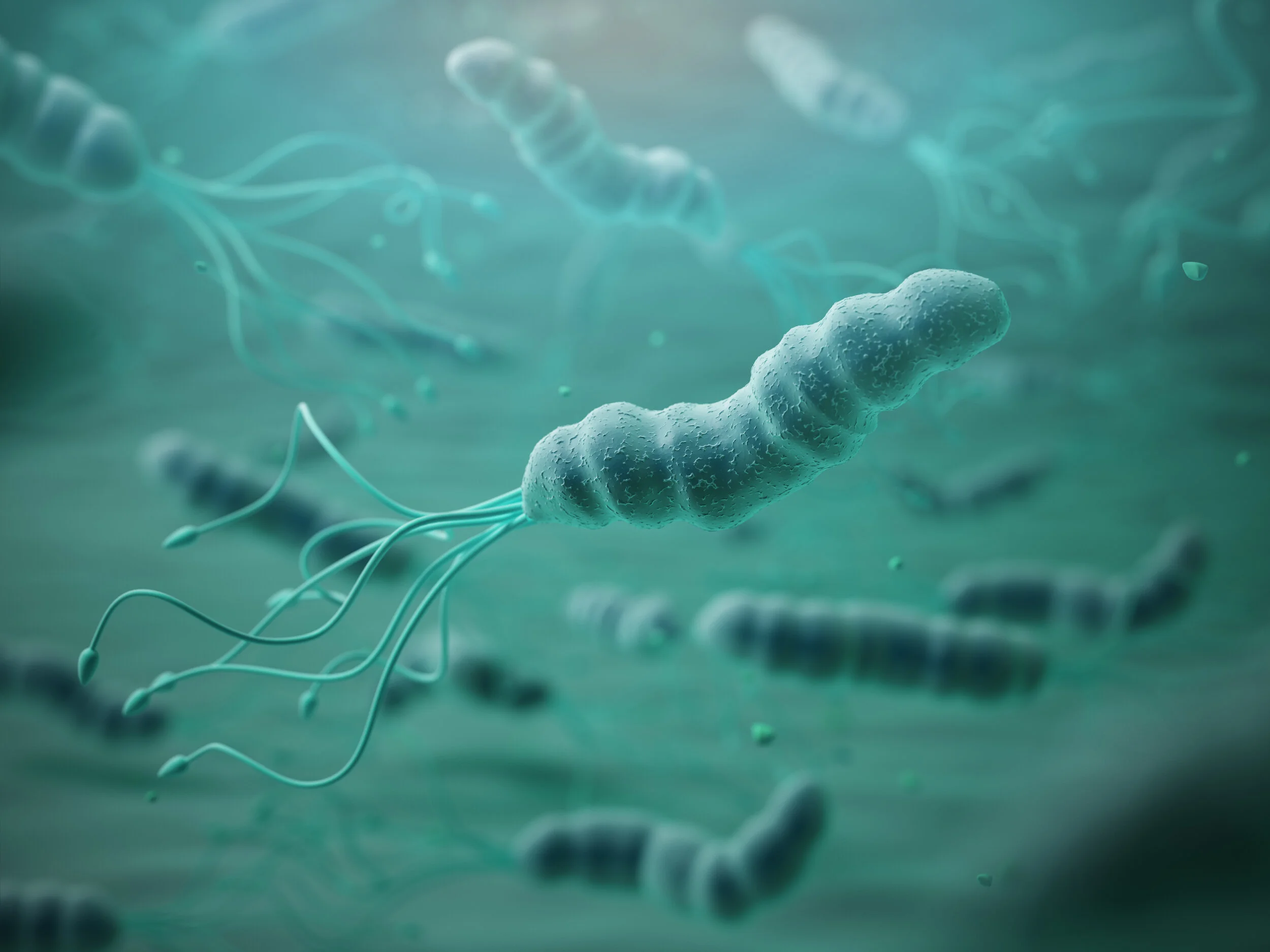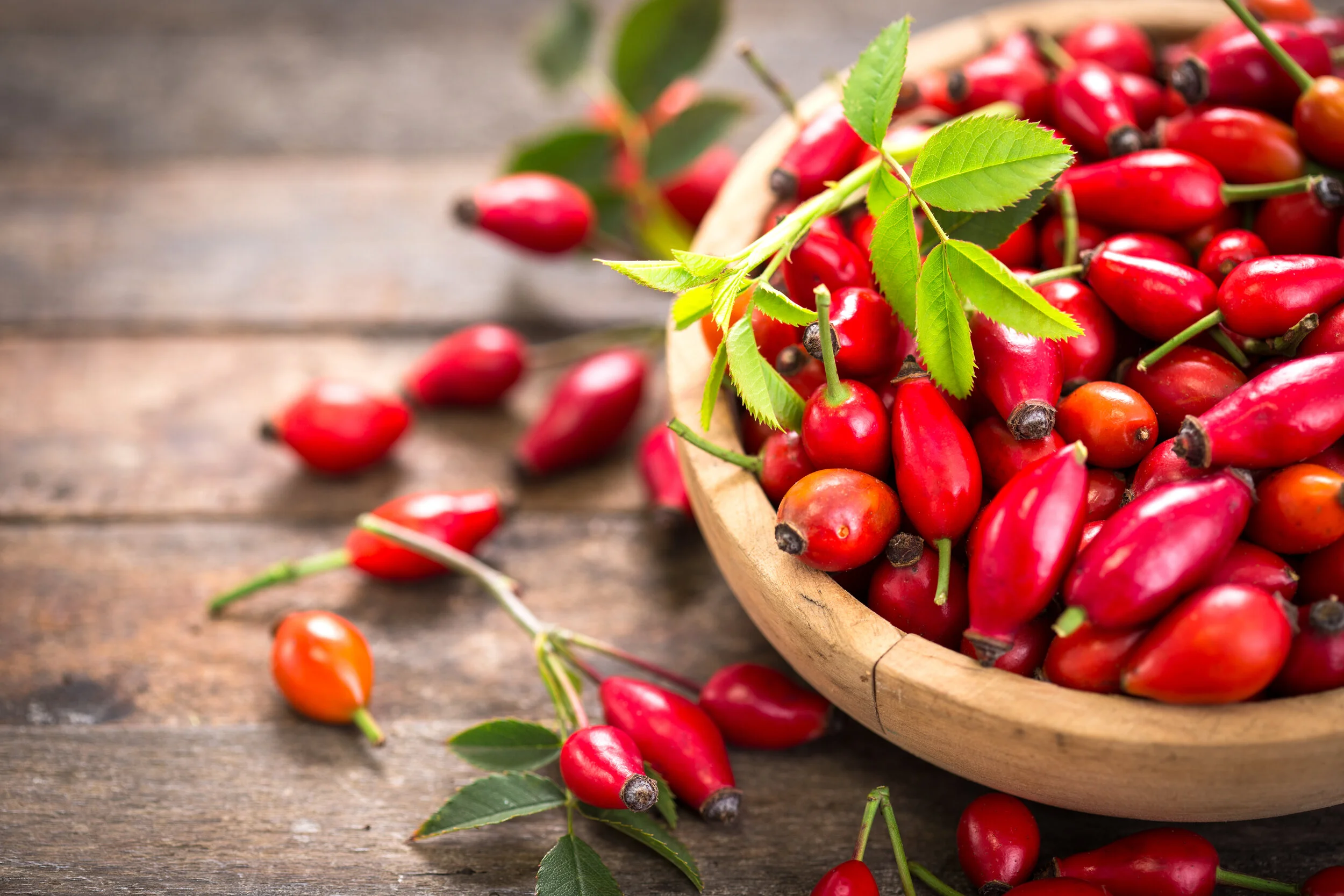A Recipe for Kidney Health
By Sue McGarrigle ND DipION CNHC mBANT
Kidney tissue is susceptible to oxidative stress and irritation from the by-products of digestion and metabolic waste materials and works closely together with the liver to remove them. These functions are of primary importance to overall health and longevity. The kidneys produce hormones including calcitriol for bone health, erythropoietin for production of red blood cells and the enzyme renin which activates the renin-angiotensin system. The kidneys are natural filters of the blood and serve several regulatory roles in the body essential in the urinary system as well as homeostatic functions such as the regulation of electrolytes, maintenance of acid–base balance and regulation of blood pressure.
Some of the everyday plants that are seen on verges, in gardens and fields which nature has provided as therapeutic foods for centuries are now somewhat forgotten and much overlooked as highly fortifying and nutrient rich foods by current generations. Stinging nettle (Urtica dioica) is one such example, a superior leafy green plant, nutrient dense due to its shady growing position and containing one of the highest amounts of protein together with a long and impressive list of vitamins, minerals, flavonoids, sterols, chlorophyll and tannins. Most people give it a wide berth but nettle is one of the archetypal alterative herbs that nourish health by strengthening and balancing metabolic functions. It is a slow-acting nutritive herb that gently cleanses the body of metabolic wastes supporting kidney and liver function. Because of its many nutrients, nettle is traditionally used as a spring tonic. As well as stimulating lymphatic function its natural alkalising, diuretic and anti-inflammatory properties have been shown to decrease uric acid, help to eliminate bacteria responsible for recurrent UTI’s and improve symptoms of arthritis, gout and soft tissue conditions. In several studies using nettle, significant improvements have occurred in reducing allergic responses such as in allergic rhinitis and hives, also urinary tract, prostate and skin inflammation.
Dandelion (Taraxacum officinale) is normally considered as a nuisance weed but the root is very complimentary alongside nettle as a blood purifier, the bitter compounds assisting the body's detoxifying and eliminating functions. Highly nutritive Dandelion root promotes the regular functioning of the kidneys, and the minerals it contains are important to the urinary tract. Dandelion also has diuretic effects on the liver, kidneys and gallbladder – a natural urinary antiseptic it promotes increased urine production, its diuretic action helping the body to eliminate excess fluids through the kidneys which does not deplete the body of potassium as most prescription diuretics can. Dandelion root contains significant amounts of antioxidants and promotes the flow of bile so helping liver metabolism and digestive function. In helping to regulate blood glucose and cholesterol levels this can protect the kidneys from damaging effects such as in diabetes.
Hibiscus flower (Rosa sinensis) a member of the mallow family, is refrigerant, emollient and demulcent. In the form of mucilaginous infusion the flowers have been used to relieve painful and scalding urine, cystitis and other irritable conditions of the genito-urinary tract. The aqueous and ethanolic extracts also possess gastro protective activity which might be due to the presence of flavonoids, tannins and/or mucilage. I read an interesting paper recently from the Asian Pacific Journal of Tropical Biomedicine which discussed the screening of the flower extracts from H. rosa- sinensis for antibacterial activity against human pathogenic bacterial strains. Most of the extracts showed antibacterial activity against E. coli, Pseudomonas sp. which can cause urinary, gastrointestinal and dermatitis soft tissue infections, Staphylococcus. aureus causing infection, food poisoning and toxic shock syndrome and Salmonella sp. which are pathogenic when acquired by the oral route.
Dong Quai (Angelica sinensis) dried root has been used for thousands of years to restore a healthy order to the body. Also known as Chinese angelica it has been traditionally used in male and female hormone health and like Hibiscus as an aphrodisiac. Its popularity in Oriental cultures where it has long been thought to nourish the blood and harmonize vital energy may also include its blood purifying, tonifying and hypotensive effects, the coumarin content helping to dilate blood vessels and relax smooth muscle aiding circulation and its levels of iron used for anaemia. Haematopoiesis is further supported by the presence in Dong Quai of significant amounts of vitamin B12, folinic acid and biotin. A member of the celery family it combats scarring and in studies Dong Quai contributed to retarding the progression of renal fibrosis and deterioration of renal histological damage, with effects comparable to those induced by Enalapril (Ace Inhibitor). Renal fibrosis is central to progression of most chronic renal pathologies. Antioxidants that protect the tubular epithelium and anti-fibrotics that induce apoptosis of pro-fibrotic myofibroblasts without adversely affecting tubular epithelium may slow progression of renal fibrosis, while toxic substances may exacerbate renal scarring.
Alpha lipoic acid is a significant water and fat soluble antioxidant which helps to regenerate other antioxidants and is highly protective in the kidneys. Studies show that ALA reduces oxidative stress, decreases adverse effects associated with some drugs and supports the elimination of toxic metals. ALA improves insulin sensitivity, reduces inflammation and also helps to induce precipitation of calcium oxalate in renal tissues which contributes to kidney stone formation.
Chronic kidney disease is the reduced ability of the kidneys to efficiently carry out their functions in the long-term. This is most often caused by the strain placed on the kidneys by other conditions, most commonly diabetes and high blood pressure. CKD is common and mainly associated with ageing. The older you get, the more likely you are to have some degree of kidney disease. This year the NHS estimated that about one in five men and one in four women between the ages of 65 and 74 has some degree of CKD.
The number of upper urinary tract stone hospital episodes increased by 63% to 83,050 in a 10-year period. The use of shock wave lithotripsy (SWL) for treating all upper tract stones increased from 14,491 cases in 2000-2001 to 22,402 cases in 2010 (a 55% increase) with a 69% increase in lithotripsy for renal stones. There was a 127% increase in the number of ureteroscopic stone treatments from 6,283 to 14,242 cases over the 10-year period with a 49% increase from 2007/2008 to 2009/2010.
New figures in 2012 from Cancer Research UK show the number of cases of kidney cancer diagnosed each year in Great Britain has risen over 9,000 for the first time. Experts believe that obesity could be one of the key factors behind the staggering 135 per cent rise in kidney cancer rates over the last 35 years. The latest figures show that the number of cases is just over 9,000 – making it the eighth most common cancer in Britain. Overweight people produce higher levels of certain hormones than people of a healthy weight and this can contribute to an increased risk of several types of cancer including kidney. While smoking rates in the UK have fallen over the last 35 years, obesity is on the rise. In the UK, figures show that nearly 70 percent of men and almost 60 percent of women have a BMI of 25 or more – classed as overweight.
Healthy kidney function is essential for the maintenance of health and wellbeing and good dietary principals and adequate fluid intake have a positive influence in regulating their efficiency.








